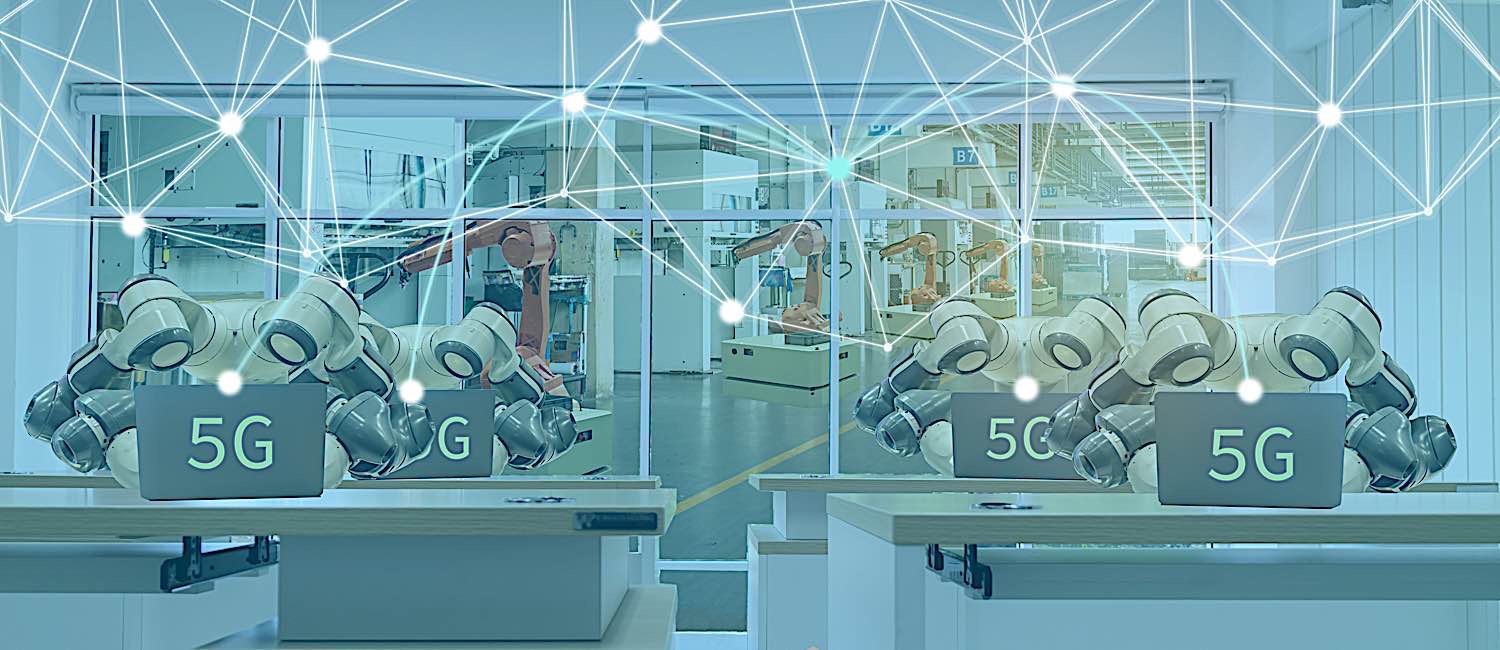5G is going to have a huge impact on the end-user come its widespread release in late 2019/early 2020 across the world. We are going to see increased speeds, improved latency, better reliability, and much more from the latest generation of wireless technology.
We are also going to see huge developments in smart cities and lightning-fast mobile phone connectivity, with huge numbers of devices all able to be linked up on one shared network. Many believe that 5G will be the driving force behind the fourth industrial revolution, and it isn’t hard to see why…

Industry improvement will come in two key areas once 5G is widely adopted
- Performance improvement – This is essentially about how factories and industries take their current processes and improve them by using 5G technology. The speed and real-time connectivity that comes with 5G will allow for faster and more reliable production times, improving margins on the back end.
- New revenue – 5G is going to bring with it a plethora of new opportunities and possibilities in various industries. As a result, there will be new services to offer end-users, new features to add to existing projects, greater monetization, and more.

How 5G can increase flexibility and adaptability in industry
At the moment, industries, production plants, and warehouses are rather static and one dimensional. Processes and production lines are established with one aim in mind, to create the desired product. Machines and conveyor belts are specifically created and lined up to establish a smooth production process, but beyond this, there is no ability to instantly adapt to a new/different job. With 5G, the aim is that industries will be able to become mobile and flexible, easily reconfigured to create new goals and outcomes.
Performance and flexibility benefits of 5G
- Real-time data for product decisions and customization
- Increases efficiency
- Increases reliability
- Robotic systems can be controlled and assessed in real-time
- Wireless robots can achieve so much more without wires holding them back
- Remote control construction vehicles
- Flexibility
- New streams of revenue
- Improved existing performances
- Instantaneous data.

































